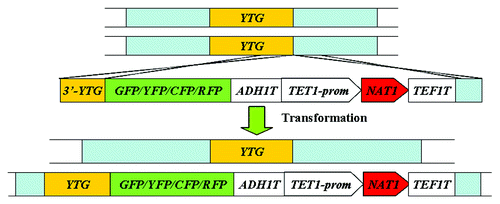Figures & data
Figure 1. Cassettes used for gene manipulation in C. albicans. The figure shows the necessary elements in these cassettes, the light blue color of the elements represents the 5′ and 3′ DNA flanking your target gene (YTG) or the upstream and downstream sequences of YTG. (1) URA blaster cassette.Citation24 (2) PCR amplifiable marker cassettes from non-C. albicans Candida species.Citation45C.d.HIS1, Candida dubliniensis HIS1; C.m.LEU2, Candida maltosa LEU2; C.d.ARG4, Candida dubliniensis ARG4. (3) URA flipper cassette.Citation38 prom, promoter region given for gene; T, termination sequence of given gene. (4) Cre-loxP system.Citation46 (5) MPAR flipper cassette.Citation47 (6) SAT1 flipper cassette.Citation51C.a.SAT1, C. albicans SAT1. (7) “Tet-Off” system.Citation20 (8) “Tet-On”system.Citation54 (9) Promoter exchange cassette.Citation18,Citation60 (10) Cassettes used for gene reintegration.Citation34C.a.SAT1, C. albicans SAT1; C.a.LEU2, C. albicans LEU2; C.d.ARG4, C. dubliniensis. (11) ACT1P-GFP-ACT1T cassette.Citation76 (12) The firefly luciferase selectable marker cassette.Citation77 (13) PCR-mediated gene-tagging cassette.Citation16 (14) Epitope tagging cassette.Citation23
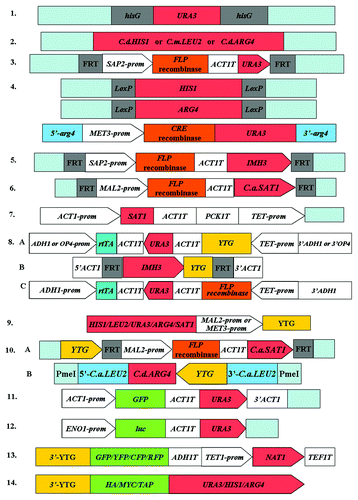
Table 1. Cassettes used for gene manipulation in C. albicans
Table 2. The commonly used auxotrophic strains in gene manipulation in C. albicans
Figure 2.URA blaster strategy used for gene disruption in C. albicans.Citation39 YTG, your target gene.
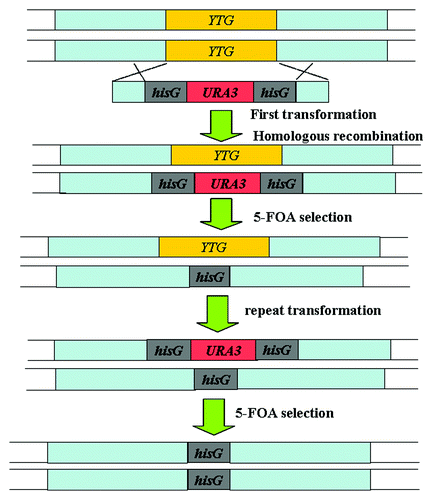
Figure 3. Strategy of the fusion PCR and heterologous markers used for gene disruption in C. albicans.Citation45 YTG, your target gene. C. d, Candida dubliniensis; C. m., Candida maltosa.
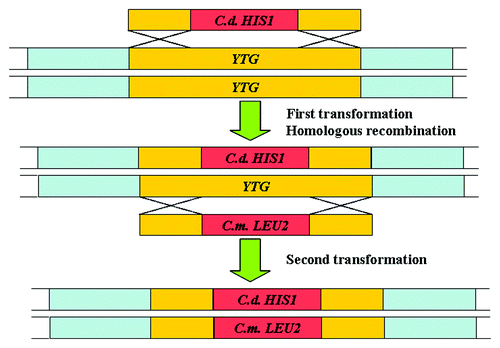
Table 3. The commonly used regulatable promoters in gene manipulation in C. albicans
Figure 4. Strategy of the Cre-loxP system used for gene disruption in C. albicans.Citation46 YTG, your target gene; prom, promoter region given for gene.
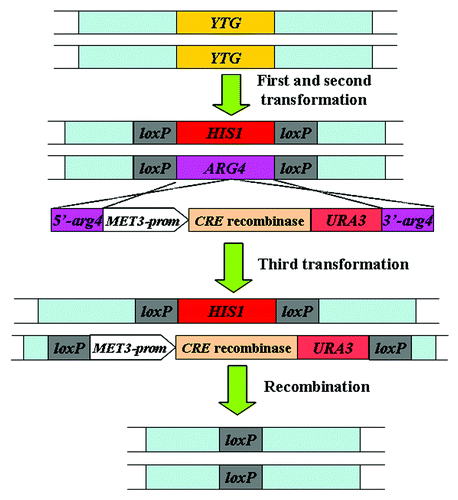
Figure 5. The SAT1 flipper strategy used for gene disruption in C. albicans.Citation51 YTG, your target gene; prom, promoter region given for gene; T, termination sequence of given gene.
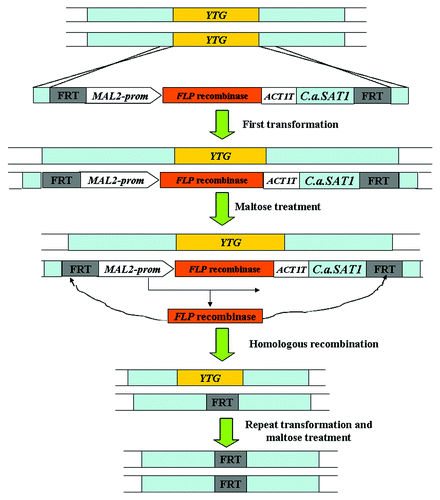
Figure 6. Strategy of the “Tet-Off” system used to repress the expression of the target gene in the presence of tetracycline.Citation20 YTG, your target gene; prom, promoter region given for gene; T, termination sequence of given gene; BC1, up tag; BC2, down tag.
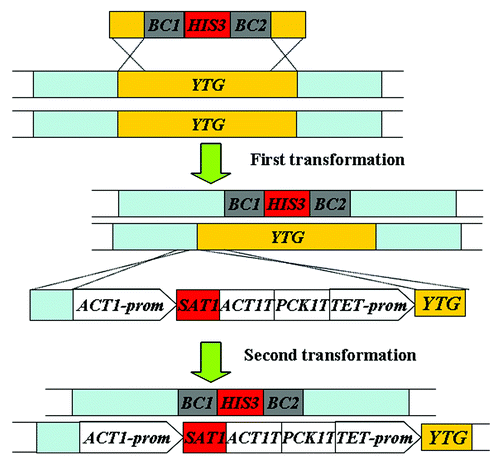
Figure 7. Strategy of the “Tet-On” system used to induce the deletion of essential genes.Citation54 YTG, your target gene; prom, promoter region given for gene; T, termination sequence of given gene.
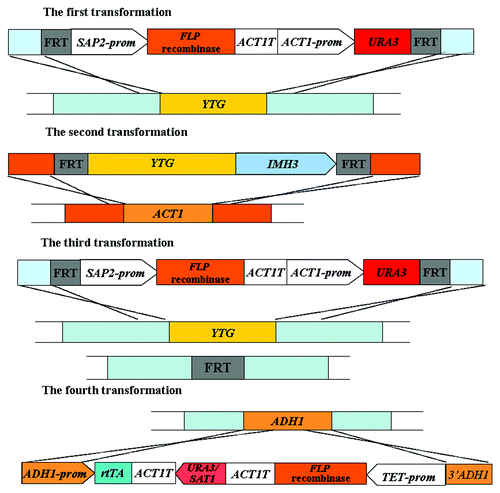
Table 4. The commonly used tagging in C. albicans
Figure 8. Strategy of protein tagging at the C-terminus of the target gene used in C. albicans.Citation16 YTG, your target gene; prom, promoter region given for gene; T, termination sequence of given gene.
